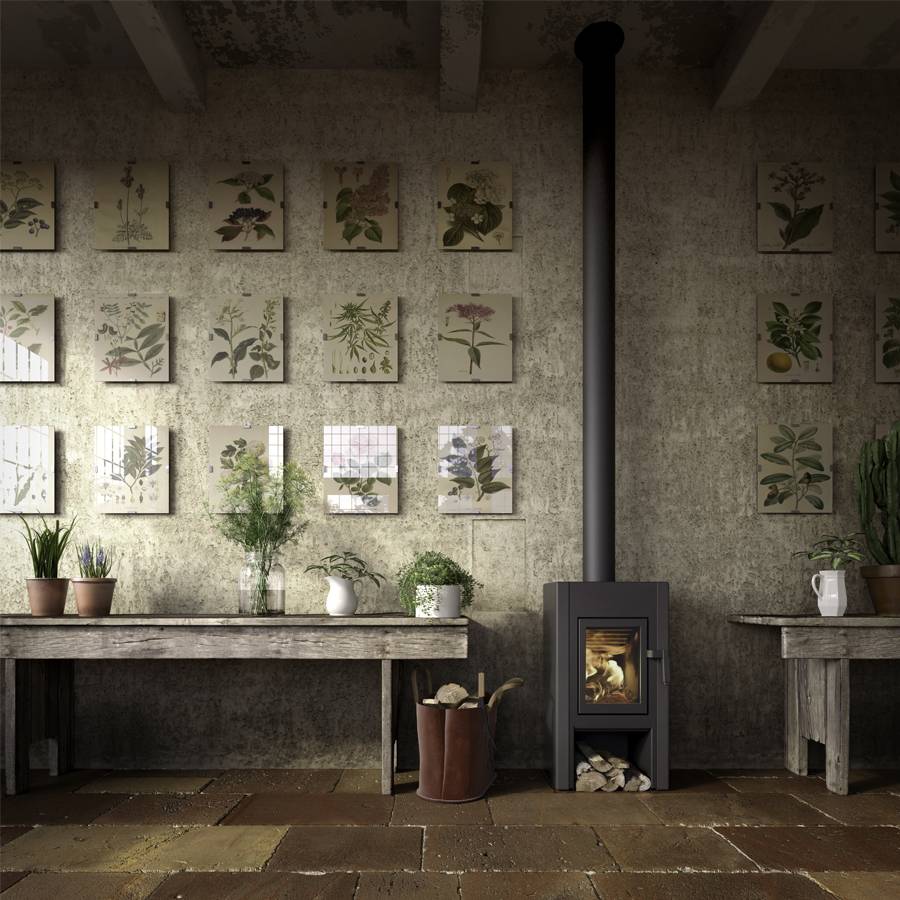Variable fuelling
A stove’s heat output is determined by the amount of wood you put on the fire. In other words, the stove’s output can never exceed the amount of energy you feed it. More wood equals more heat, less wood equals less heat. Perfectly logical, because it’s the wood that burns, not the stove.
Minimum
A stove also needs a minimum amount of energy to maintain the right operating temperature. In other words, the stove will not operate efficiently with too little wood; it just doesn’t get going. Just think of a car: too little throttle and the engine misfires or stalls. This applies to all stoves and each model has a minimum threshold that is determined by its design. If you operate a stove below its minimum threshold, it will never be able to nurture the fire properly in spite of all the technology inside it.
Maximum
You can also push a stove past its maximum performance limit, stoking it almost to destruction. When this happens, you will usually find that you cannot cram any more wood into the stove. The manufacturer always indicates the maximum amount, but some people simply can’t resist the temptation. Those long licking flames are so fascinating!
Power range versus capacity
The range between the minimum and maximum amount of heat is referred to as the power range. This should not be confused with the capacity, which is often indicated on the stove by the manufacturer. The capacity is the power in kilowatts (kW) at which the stove is tested in a laboratory. That also tells you something about the stove, but is often not much help in practice. For example, an 8 kW stove may already work efficiently at an output of 3 kW and can be stoked up to a maximum of 15 kW.
Power range
So step 1 is to ensure that a stove’s power range matches your space. This power range is usually based on heating trials that have been performed with the stove. Both the manufacturer and the stove specialist have operated the stove in several different ways, using different types of wood. A lot of wood, not much wood, in well-insulated and poorly insulated houses, in the middle of winter and in the spring. But at the end of the day, you decide how you will use the stove in your home. Your stove specialist can provide advice to assist you.
Steps 2 and 3
This was the first step in finding your ideal stove. Also important: are you looking for a stove to heat your home? Or do you want to achieve a cosy effect? A combination is also possible. A wood fire is a great solution if you want cosy warmth. But a stove that is always too hot is anything but cosy, so the power range remains important. Step 2 looks in detail at functional heating as opposed to cosy warmth, and step 3 looks at the advantages and disadvantages of fast heat and slow heat.


